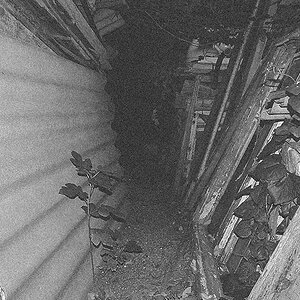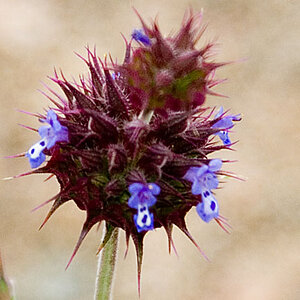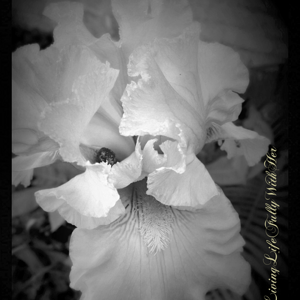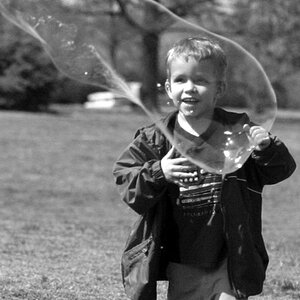jaomul
Been spending a lot of time on here!
- Joined
- Feb 4, 2011
- Messages
- 5,715
- Reaction score
- 1,554
- Location
- Cork Ireland
- Can others edit my Photos
- Photos OK to edit
Affinity will have a catalogue management system in the near future according to the makers. I think I'll ditch my subscription to Adobe when this happens, affinity looks pretty specced
Affinity is a terrific replacement for Photoshop -- great price and feature packed -- but a catalog will not be enough to make it a replacement for LR IF (VERY BIG IF): you use LR to process raw files and would expect Affinity to step into that role. Affinity has a major raw file processing issue. It's raw workflow is forced destructive. In this day that's nuts. Affinity comes with a respectable set of raw processing tools which makes you wonder what Serif is thinking because the second you generate an RGB output file (16 bit TIFF) any work you did on the raw file prior to RGB conversion is discarded. That forces you to either make any additional edits and/or changes using the RGB output file and/or start from scratch with the raw file.
Joe
Here we go again. It is not destructive, it just doesn't store the edits in the same kind of file as Lightroom does. It saves them in an RGB file. Destructive means that when you save an edit it changes the original file permanently. The original raw file is never changed in Affinity. Saying it is "forced destructive" is your definition that is not shared by most photographers. Affinity blows Lightroom out of the water.
I'm not 100% sure what all this means in practice, but I can download a trial version of affinity and see exactly how it does its thing


![[No title]](/data/xfmg/thumbnail/32/32706-50b778fbc110c8ea4472547d54c6a923.jpg?1619735610)
![[No title]](/data/xfmg/thumbnail/42/42348-b961c40032587da9952402de14b5976a.jpg?1619740146)


![[No title]](/data/xfmg/thumbnail/39/39532-073f9eb14e26e2b99cc29112b92a2ab6.jpg?1619739072)
![[No title]](/data/xfmg/thumbnail/39/39294-339c772c727b255b9451f2639f2bc28e.jpg?1619738959)

![[No title]](/data/xfmg/thumbnail/39/39292-4169a355b794ae9735845c4ad45d06ff.jpg?1619738958)

![[No title]](/data/xfmg/thumbnail/37/37622-530e264cdd98e6648079b89d7d3cd356.jpg?1619738153)

